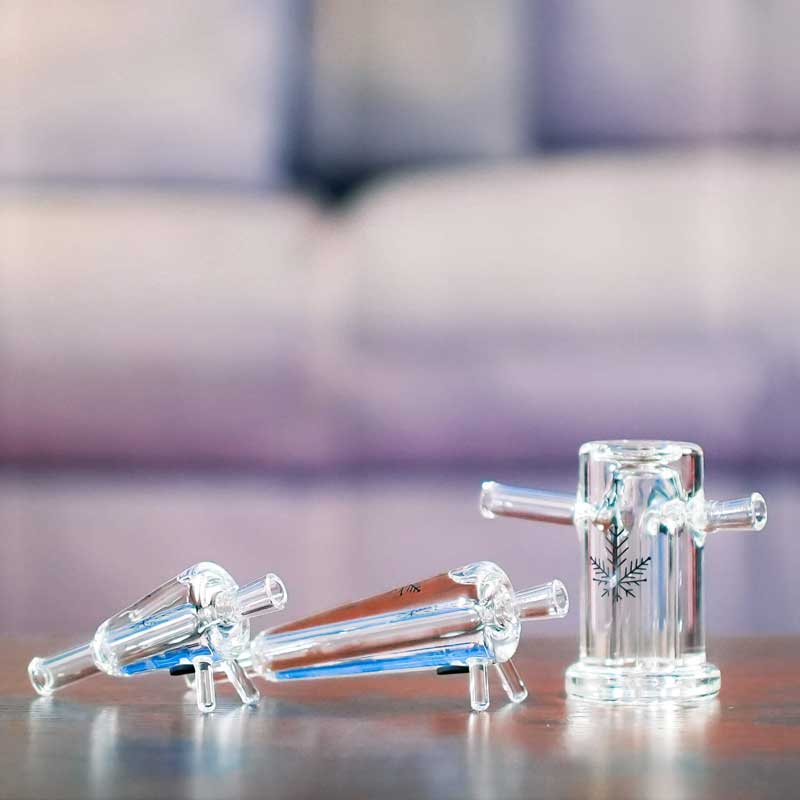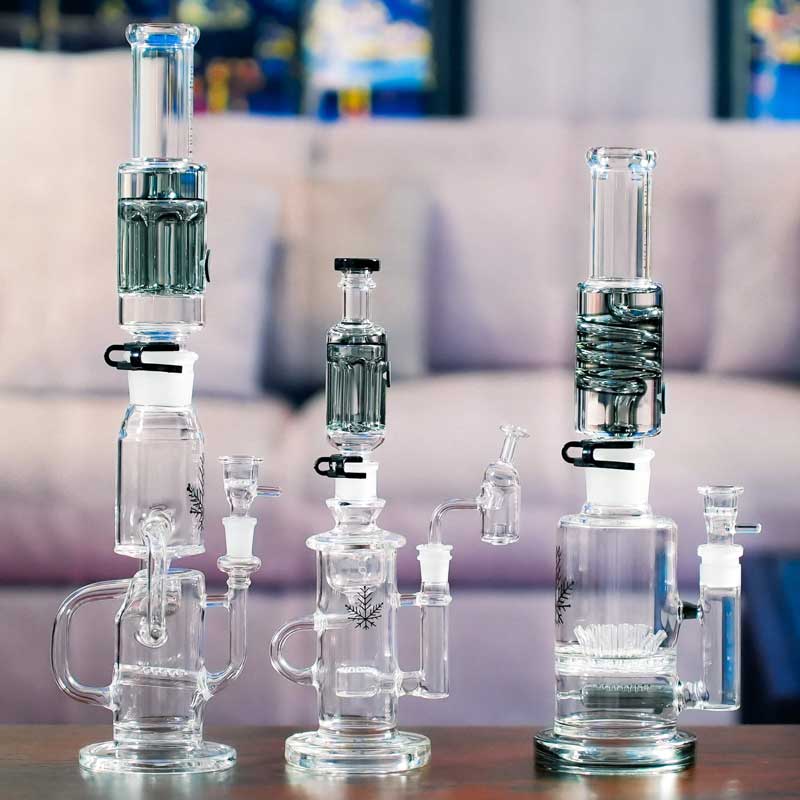Cannabis & Culture: The 1970's
The 1970s saw cannabis culture explode into the mainstream, becoming a potent symbol of defiance and freedom even as it faced the full force of the War on Drugs. Nixon’s crackdown didn’t just criminalize cannabis; it fueled an underground movement that made the plant a countercultural icon.
Despite harsh penalties and the looming threat of arrest, cannabis use thrived, embodying the era’s rebellious spirit and setting the stage for the battles over legalization that continue today.
Today's Agenda:

The War on Drugs
The War on Drugs, initiated by President Nixon in 1971, had a significant impact on cannabis culture in the 1970s, marking a turning point in the government's approach to drug use labeling it as "public enemy number one". This campaign, which classified marijuana as a Schedule I drug under the Controlled Substances Act, led to increased arrests and stricter enforcement, disproportionately affecting minority communities.
The federal crackdown pushed much of the cannabis market underground, resulting in widespread smuggling operations from countries like Colombia and Mexico, which supplied the U.S. with low-quality, less potent cannabis.
Despite this, the decade's cultural movements continued to embrace marijuana, using it as a symbol of resistance against the establishment.

Cannabis in Pop Culture
Cannabis deeply influenced the music, movies, and art of the 70s. Iconic musicians like Bob Marley and bands such as The Grateful Dead used their platforms to advocate for marijuana use, integrating it into their music and public personas.
Films like Cheech and Chong's Up in Smoke (1978) and Dennis Hopper's Easy Rider (1969) along with the growing popularity of reggae music further cemented marijuana's role in pop culture, making it a symbol of the laid-back, free-spirited lifestyle that defined the decade.
Up in Smoke was a landmark stoner comedy that blended humor with the countercultural attitudes of the time, becoming a cult classic. Meanwhile, Easy Rider had already set the stage for the 70s by showcasing the rebellious, drug-fueled road trip as a journey of self-discovery.

Shifting Social Currents
Cannabis played a pivotal role in the social movements of the 70s, especially within the counterculture and hippie communities. Marijuana became intertwined with the broader push for social justice, environmental consciousness, and anti-establishment sentiments.
The plant was more than just a recreational drug; it was a symbol of resistance against the status quo and a tool for exploring new dimensions of consciousness. This era also saw the rise of home cultivation as a response to legal restrictions, fostering a DIY ethos among users

Popular Consumption Methods
During the 1970s, the most common ways to consume cannabis were through hand-rolled joints, pipes, and occasionally, bongs. The rise of communal smoking sessions made sharing a joint a staple of social gatherings, reinforcing the plant's role in promoting peace and togetherness.
Unlike today's more diverse (and much smoother) consumption methods, the 70s focused on simplicity, with cannabis often being smoked in its raw, unprocessed form. Edibles and more complex delivery systems were not yet mainstream, keeping the culture around consumption relatively straightforward.
However, the 70s also saw the popularization of hashish, or hash, particularly among more seasoned users. Hash, a concentrated form of cannabis made from the resin of the plant, became popular due to its higher potency and the ease of transportation and smuggling compared to raw cannabis.

Common Strains & Potency
The strains that defined the 70s, such as Acapulco Gold, Colombian Gold, and Panama Red, were predominantly landrace varieties (cannabis strains that have developed naturally in specific regions around the world). These strains were known for their moderate THC levels, typically ranging from 1-5%, which is considerably lower than today's potent hybrids.
-
Acapulco Gold: A legendary sativa strain from the fields of Acapulco, Mexico, known for its golden hue and uplifting, cerebral high.
-
Colombian Gold: A classic sativa from the Santa Marta Mountains of Colombia, prized for its smooth, mellow effects and vibrant green and orange buds.
-
Panama Red: A pure sativa from Panama, distinguished by its reddish color and energetic, almost psychedelic high that was a staple of 70s counterculture.
The Next Chapter
The legacy of 70s cannabis culture continues to influence how marijuana is perceived and used today. As we move into the 80s in our next article, we'll explore how the culture evolved in response to political pressures, the War on Drugs, and the emergence of new technologies in cannabis cultivation and consumption.
The 70s set the stage for this evolution, making it a pivotal decade in the history of cannabis.
Far Out Staff Favorites
Smoothness For Every Vibe
Explore over 50 unique products and accessories to upgrade your sesh. Every product is designed and built by Freeze Pipe for a chilliness, smoothness and aesthetic you won't find anywhere else.
First Access. Finest Perks.
Enjoy exclusive sales, early access to drops and more by joining our VIP email list.
All content at Freeze Pipe is for educational, tobacco, herbs and entertainment purposes ONLY. This website is for mature audiences only. We strongly encourage those users under 21 years of age to EXIT this site immediately. We do not condone the use of illegal substances.
The Website is provided on an “as is” and “as available” basis.
Freeze Pipe makes no representations or endorsement about the
suitability, timeliness or accuracy of the Website.
All companies, pipes, wraps, uncategorized products, service providers and other entities referenced, products, names, labels etc within theFreezepipe.com are intended for legal tobacco/smoking mixture, entertainment, educational and to be used by adults (21 years or older) only. Any other use of such products, by minors or for use with controlled substances is prohibited and may constitute a violation of International, Federal, State, and/or Local laws
















